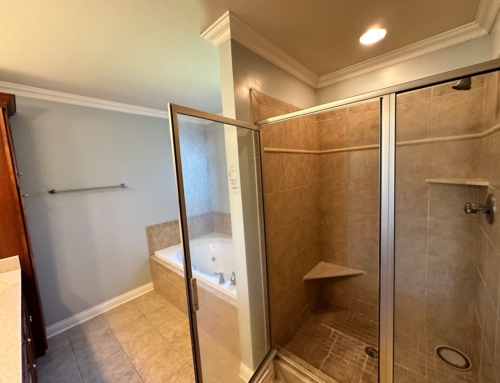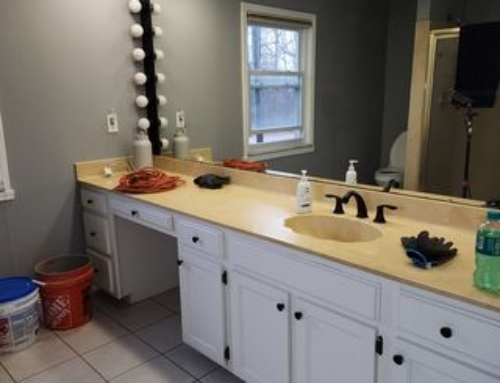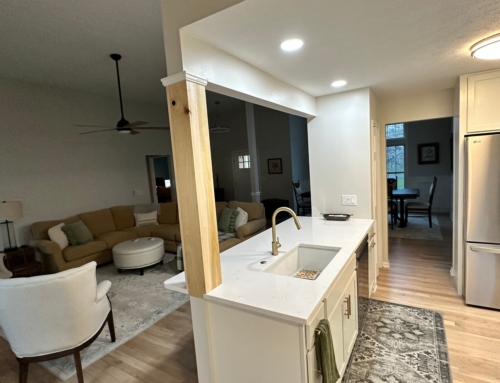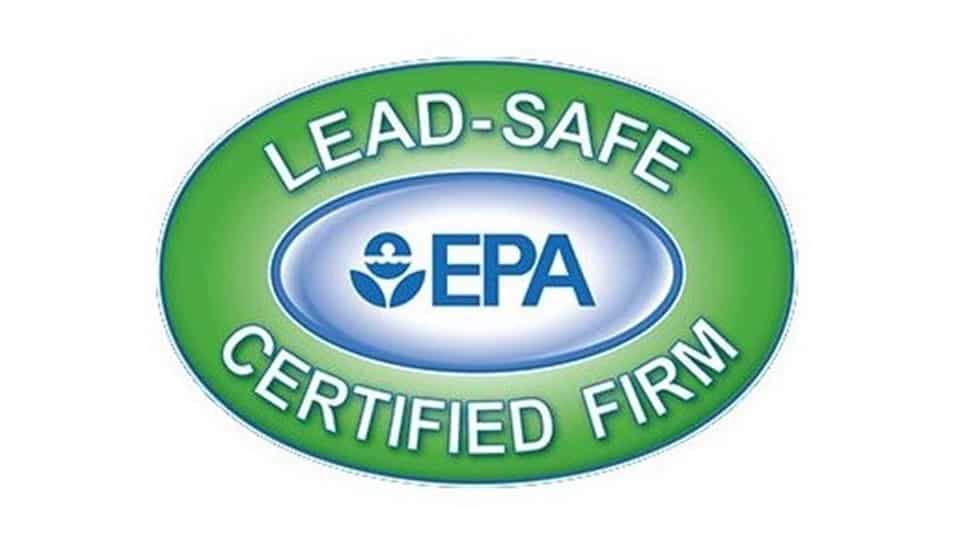When a homeowner finishes a basement, or a contractor does it for them, the walls and floors are the first things finished. Covering the floor joists, electrical, and plumbing in the ceiling is always last on the list, but it has to be done to turn that unfinished utility area into a cozy, livable space. There are several options to consider for finishing your basement ceiling, and we’re going to help you evaluate all of those options below. But the first question you’re asking yourself is…
Why Finish My Basement Ceiling?
Your finished basement will look much, much better with a finished ceiling. In addition, it reduces noise from above, and helps to insulate the entire basement. If you’re going to finish your basement, the ceiling has to be done too. Finishing your basement increases the livable space in your home, which increases the value. Failing to cover the ceiling will decrease that value. Finishing a basement provides a great return on investment.
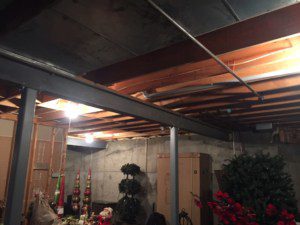
basement-ceiling-construction
What Should I Finish My Basement Ceiling With?
There are many options for covering the joists and plumbing in your basement. We are going to explore several here.
Drop Ceiling Tiles
Ceiling tiles are one of the most popular options for finishing a basement ceiling. They allow easy access to the plumbing and electrical above them. In addition, the tiles provide some soundproofing, and many are fire resistant. However, if your basement ceiling is short, this may not be the best option. The frame for the tiles has to drop down, and may make the height of your finished basement too short for some. There are many gorgeous, decorative tiles available today. Your basement ceiling doesn’t have to look like your classroom in High School.
Adhesive Ceiling Tiles
Adhesive ceiling tiles are great for budget minded homeowners. These are also a great DIY option. Simply screw thin sheets of plywood in the ceiling, then glue the tiles up. This option is also better for shorter basement ceilings. It barely reduces floor to ceiling height.
Drywall
The old standby. You won’t have to drop your ceiling much, if at all, and you can paint the drywall to match the rest of your home. Drywall isn’t the easiest DIY ceiling, but is entirely possible, especially with some help. The downsides of drywall in the basement are that it’s messy to install, especially when sanding, and if you put a screw into the wrong place, you could puncture a water line or drain. In addition to that, when you need access to plumbing and electrical, you have to cut a hole and patch it later and install access panels for valves and switches. More mess. If your basement doesn’t have a waterproofing system and a dehumidifier, do not install drywall. It does not stand up to moisture. In short, you can install drywall in your basement, but it’s not the best option for that space.
How to Finish a Basement Ceiling With Wood
If you’re building a basement speakeasy with a hardwood bar, wood on the ceiling compliments it very well. In this case, we would finish the planks with a dark stain and seal them. Your basement bar will be gorgeous from top to bottom. Can’t go wrong with wood grain all around.
Beadboard
Beadboard is a great option for covering your ceiling. It’s available in a number of covers, and the boards have tongues and grooves so they are easy to put together. The boards are already finished when you purchase them, so you won’t have to deal with painting or staining. Beadboard is great with a classic, or a modern design in the basement.
Shiplap
Just like beadboard, shiplap comes finished and adds some texture to your ceiling. There’s more to look at than painted drywall. It’s durable, low cost, and easy to install. Plus the design makes it easy to create access panels for plumbing and electrical.
How to Finish a Basement Ceiling With PVC
We do not recommend finishing your basement if moisture is a problem. Hire a basement waterproofing company before you build anything. However, DIY homeowners looking to spruce up their basement without solving moisture problems often install PVC panels. They are already finished, and they’re moisture, mold, and mildew resistant. In addition, they reflect light very well, and we always recommend them in basements that don’t get any natural light. They are also easily replaced if you need access to your plumbing or electrical.
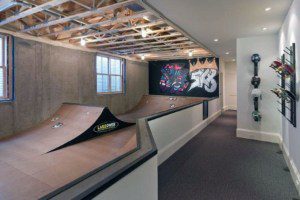
Paint
Lastly, many DIY basement finishers skip the solid ceiling, and just paint everything black to hide it. It’s not gorgeous, but it works. Or you can opt to paint everything white if you don’t have any natural light in your basement, and need to reflect your electric lighting.
If you’re looking to finish your basement ceiling in New Albany, Indiana, don’t hesitate to call us here at Flooring Masters & Professional Remodelers. We provide our customers with lifetime relationships, and take great care in our work. We also provide the best options for perfect floors and other renovations. Schedule a free estimate today!



